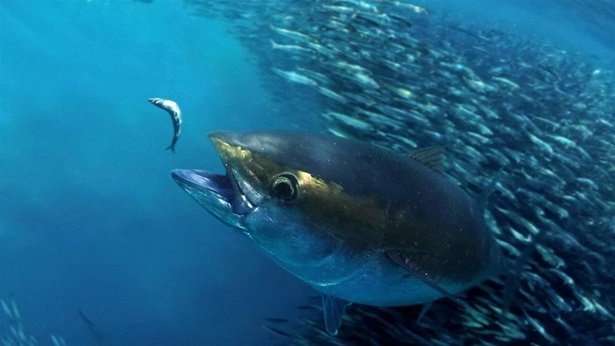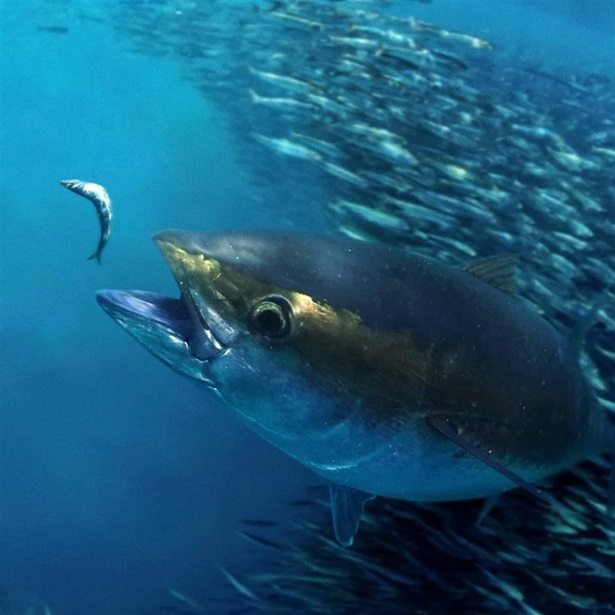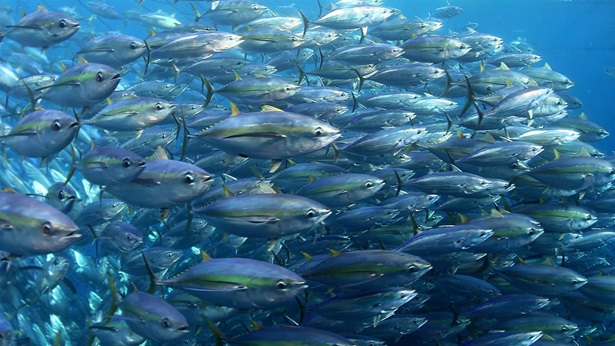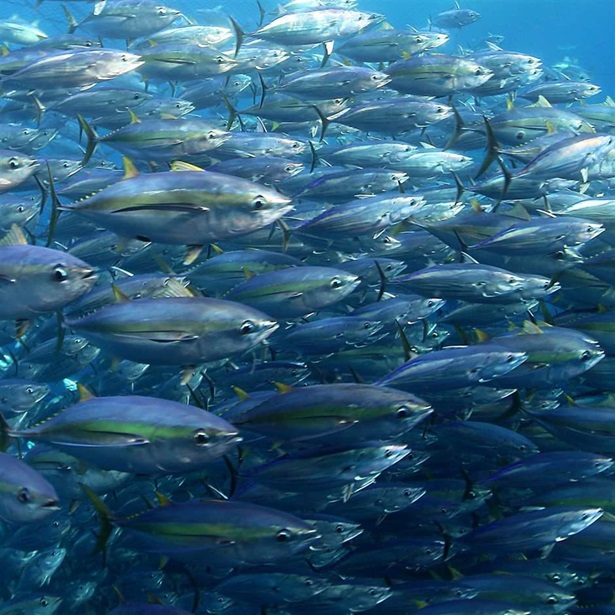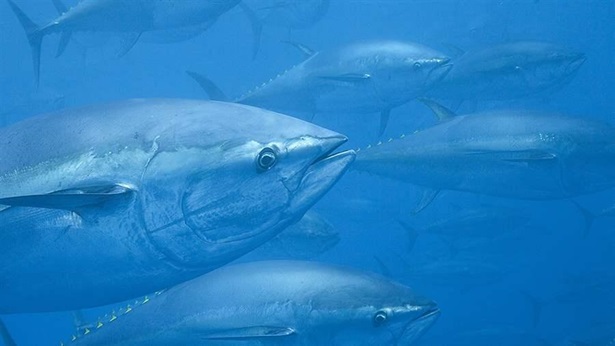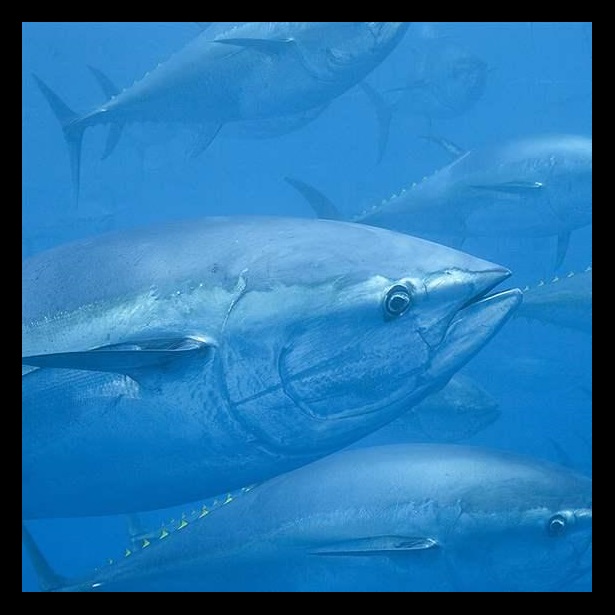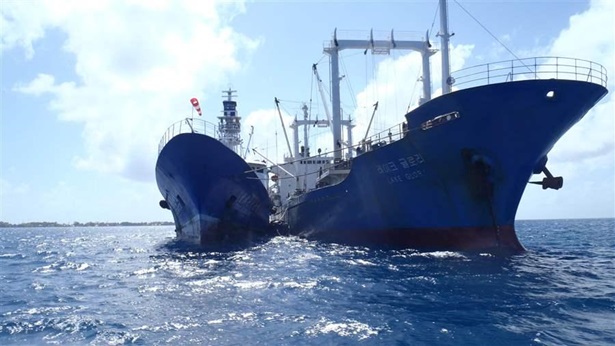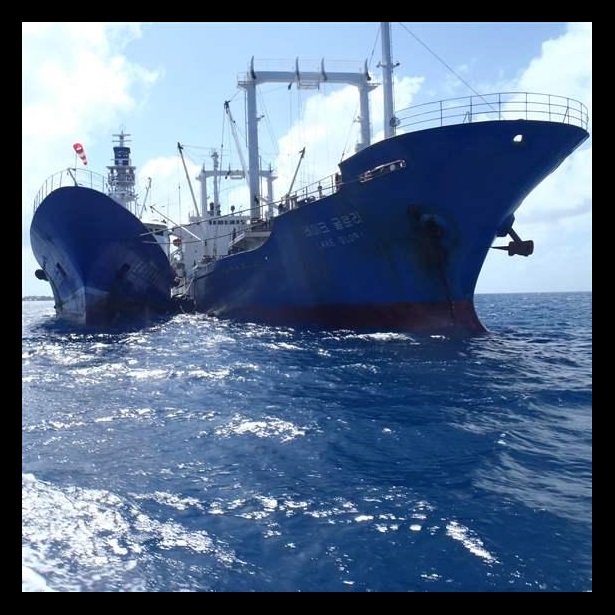Tuna are the most commercially valuable fish on Earth and are vital players in healthy ocean ecosystems.
Four species of tuna—bluefin, bigeye, yellowfin, and skipjack—account for at least $42 billion of the $150 billion annual global seafood trade, support millions of jobs, and help ensure food security for some 3 billion people.
But those four species are also in trouble. Heavy fishing has driven the Pacific bluefin population down to a mere 4 percent of what it once was. The widespread use of fish aggregating devices—rafts of material that attract schools of fish—has led to an alarming increase in the catch of juvenile tuna, jeopardizing the chances that some stocks can recover.
This situation is the result of decades of overfishing and mismanagement exacerbated by illegal fishing, which is rampant in some regions. With the huge global demand for tuna, governments and fisheries management bodies must act now to reverse these species’ decline.
Pew worked to improve the international management of tuna species by:
- Promoting science-based catch limits that do not allow overfishing.
- Minimizing the impacts of destructive fishing gears.
- Eliminating illegal fishing.
- Increasing the transparency and accountability of tuna regional fisheries management organizations.
